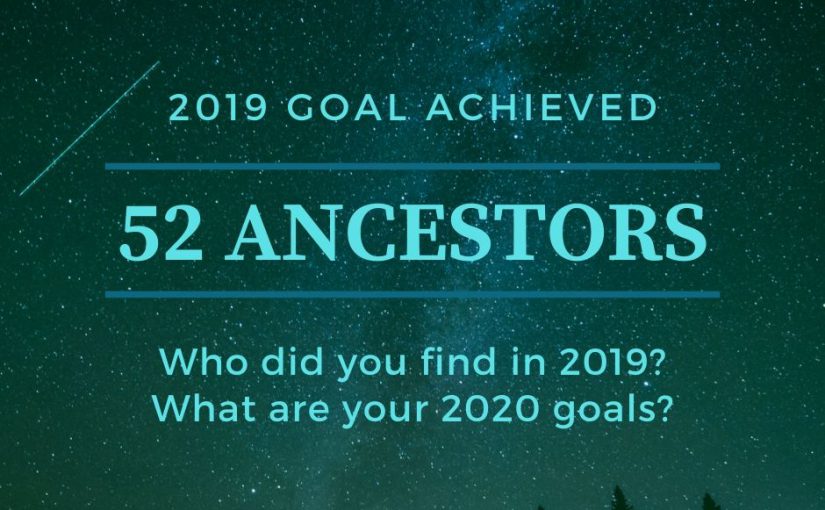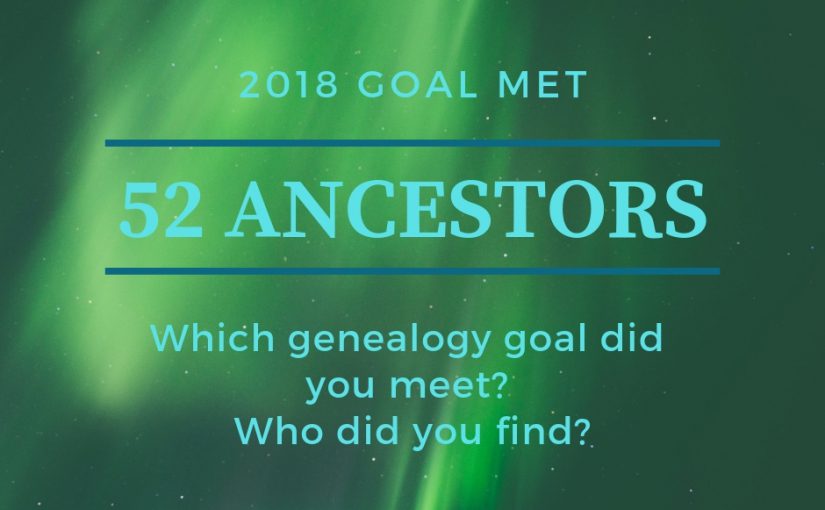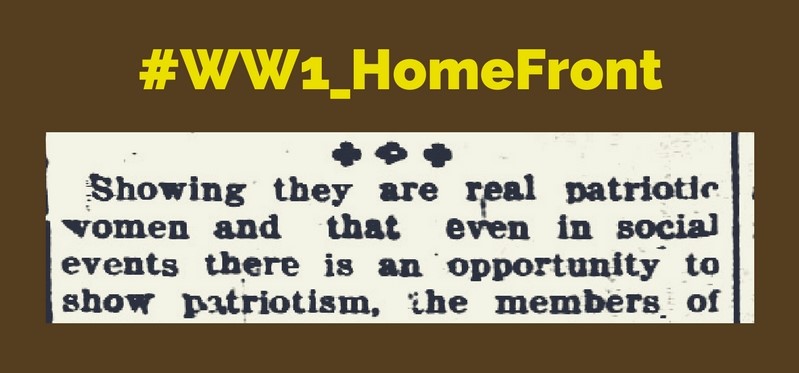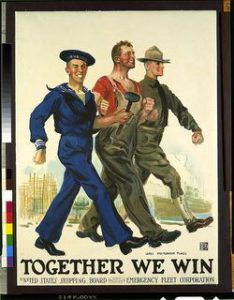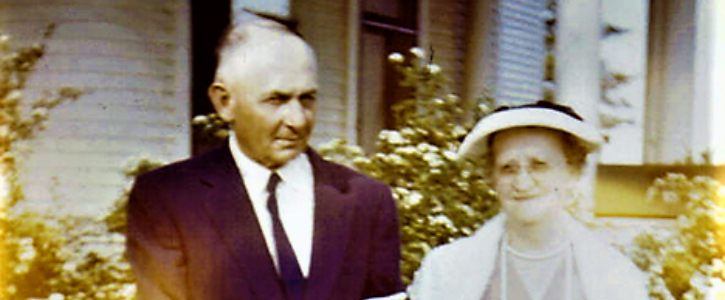Today I’m focusing on Bessie P Greenwell, my great grandmother. In the 1920 Census, we find her, together with her husband, Bryant Hays/Hayes. (1)
1920 Census: Bryant Hayes (head, 31), Bessie Hayes (wife, 31), and Evelyn Hayes (daughter, 2 4/12)
I believe they were married before 19920, because in 1910, Bryant is with his father (2). However, Bessie is not in her father’s household (3).
1910 Census: Charles W Hays (head, 50), Emma Hays (wife, 45), Bryant Hays (son, 22), Harrold Hays (son, 19), Edgar Hays (son, 17), Max Hays (son, 3), and Ruby Dockery (servant, 16)
1910 Census: Martin Greenwell (head, 58), Rebecca L Greenwell (wife, 58), Tim Greenwell (son, 28), William E Greenwell (son, 23), Robert T Greenwell (son, 19), and Clay Greenwell (son, 15).
In addition, there are no other Greenwell’s in Civil District 2, Washington County, Tennessee.
So, where is Bessie in 1910?
- Is she living with a sibling, aunt, or uncle? The 1910 census indicates that Bessie’s mother, Rebecca Greenwell, has 10 living children, only four of whom live with them.
- Is Bessie living with a relative of Bryant?
- Does a Bessie P Greenwell exist elsewhere is the 1910 census or in a state census between 1900 and 1920?
I didn’t find Bessie with any known Greenwell siblings, aunts, or uncles nor any known Hays siblings, aunts, or uncles.
A Bessie Greenwell does appear in the 1905 Iowa State Census in Mason City, Cerro Gordo County. She is located at “Convent E Drummond” with 8 Sisters of the order and a “Veta Greenwell.” (4)
I have not found any other information about Veta, so I don’t yet know whether there is any relationship the two Greenwell girls. There is also no additional information in the 1905 digital image, except a reference to Card #622. Most likely the digital images are an index of 1905 census cards that had details of each individual.
I did not find the Convent in the 1910 census for Mason City, Iowa.
In trying to find where Bessie and Bryant came together, I found their marriage information (5) for 3 Jun 1916 in Clinton, Iowa. Their parents are included in the database, increasing my confidence in snatching up the right marriage record.
But, what took them both to Iowa and where is Bessie in 1910?
The only relation in Iowa is Bryant’s great aunt who is living in Lafayette, around 83 miles from Mason City. But, Bessie is not in her household in 1910.
Possible next steps include,
- Find the cards for the 1905 Iowa State Census and see whether they offer more details about Bessie and Veta.
- Find any archives or manuscripts for the Convent on E Drummond in Mason City.
- Review newspapers in Mason City, Iowa, Washington County, Tennessee, and Ogle County, Illinois that mention the convent or Bessie.
- Discover more about Veta Greenwell to see how or if Bessie and Veta are related.
Where else should I look?
SOURCES
(1) 1920 U.S. census, Ogle County, Illinois, population schedule, Pine Creek Township, enumeration district (ED) 104, Sheet. 7A-B (penned), line 50-52, dwelling #157, family #157, Bryant Hayes household; digital images, Ancestry.com (http://www.ancestry.com : accessed 30 Mar 2017); citing National Archives microfilm publication T625, roll 398.
(2) 1910 U.S. census, Ogle County, Illinois, population schedule, Buffalo Township, enumeration district (ED) 65, Sheet. 3A (penned), line 31-37, dwelling #53, family #53, Charles W Hays household; digital images, Ancestry.com (http://www.ancestry.com : accessed 30 Mar 2017); citing National Archives microfilm publication T624, roll 314.
(3) 1910 U.S. census, Washington County, Tennessee, population schedule, Civil District 2, enumeration district (ED) 190, Sheet. 7A (penned), line 1-6, dwelling #107, family #107, Martin Greenwell household; digital images, Ancestry.com (http://www.ancestry.com : accessed 30 Mar 2017); citing National Archives microfilm publication T624, roll 1524.
(4) “Iowa, State Census Collection, 1836-1925,” digital images, Ancestry.com (http://www.ancestry.com : accessed 30 Mar 2017) Entry for Bessie Greenwell, Cerro Gordo County, Mason City, 1905
(5) “Iowa, Select Marriages Index,” database, Ancestry.com (http://www.ancestry.com : accessed 30 Mar 2017) Entry for Bryant Hays and Bessie Greenwell, 4 Jun 1916. Citing FHL Film #1840000.
